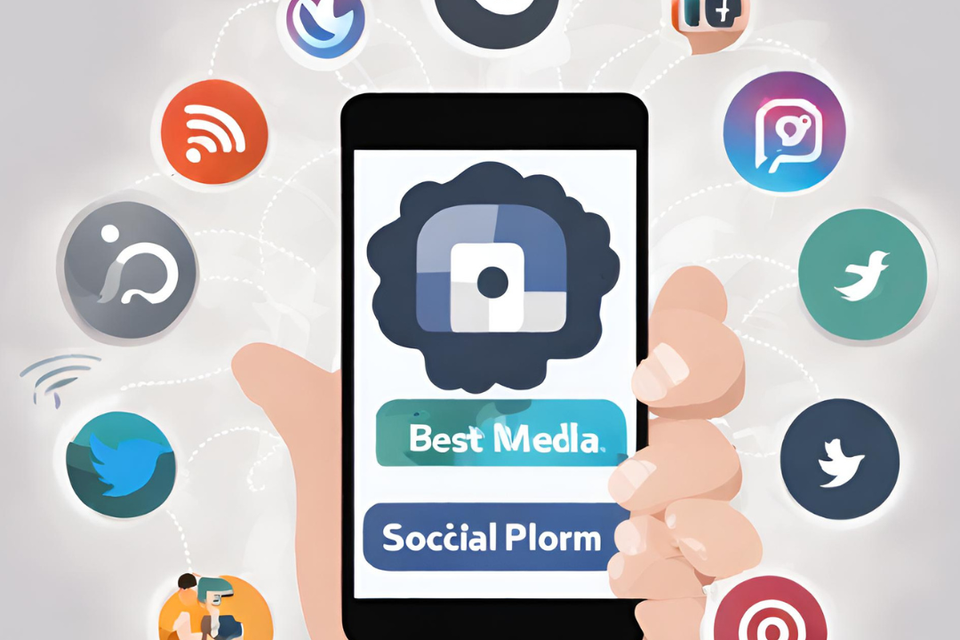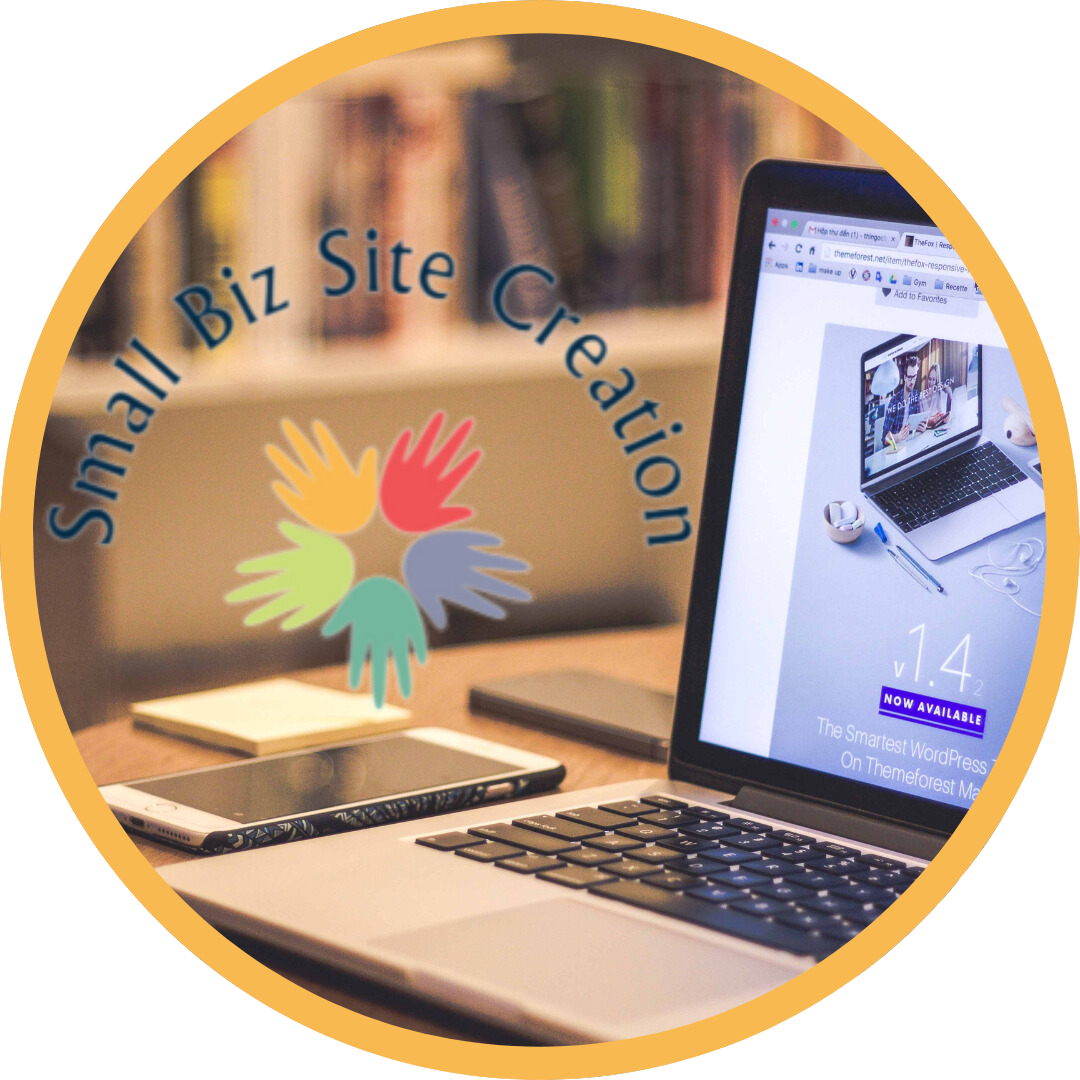What's the Best Social Media Platform for Small Businesses?
A Guide to Unlock the Best Social Media Platform for Small Businesses
Stepping into the realm of social media as a small business owner can feel like embarking on an epic journey. The digital landscape is vast and ever-changing, with numerous platforms vying for attention. Amidst this complexity, choosing the right social media platform becomes a crucial decision that can significantly impact your business's online presence. But fear not! In this comprehensive article, I'll provide you with the knowledge and strategies necessary to navigate the world of social media with confidence and clarity.
1. Understanding Your Audience
Before delving into the intricacies of social media platforms, it's essential to start with a solid foundation: understanding your audience. Every successful social media strategy begins with a deep understanding of who your target audience is and what they want. According to research conducted by Pew Research Center, approximately 72% of adults in the United States use some form of social media. By analyzing demographics, preferences, and online behavior, you can tailor your approach to meet the needs of your audience effectively.
2. Ranking Social Media Platforms
The social media landscape is diverse, with each platform offering its own unique features and benefits. To help you navigate this terrain, let's rank the most popular platforms based on their relevance and potential impact for small businesses:
Facebook
With over 2.8 billion monthly active users worldwide, Facebook remains the undisputed leader in the realm of social media. Its user-friendly interface, robust advertising tools, and diverse audience make it an excellent choice for businesses aiming to build brand awareness and engage with a broad demographic.
Instagram
Boasting 1 billion monthly active users globally, Instagram has emerged as a powerhouse for visually-driven content. Businesses with compelling visual assets, such as products or behind-the-scenes glimpses, can leverage Instagram's platform to showcase their offerings and connect with their audience on a more personal level.
LinkedIn
Targeting a more professional audience, LinkedIn boasts 740 million members worldwide. For B2B businesses and professional services, LinkedIn offers unparalleled opportunities for networking, lead generation, and establishing thought leadership within your industry.
X or formally known as Twitter
With 330 million monthly active users, Twitter stands out as a platform for real-time engagement and conversation. Businesses can use Twitter to share updates, participate in industry discussions, and provide timely customer service.
3. Rollout Strategy
Rather than attempting to conquer multiple platforms simultaneously, it's advisable to implement a phased rollout strategy. Research published in the Journal of Business Research suggests that focusing on one platform initially allows businesses to allocate resources effectively and achieve better results. Here's a suggested timeline:
Phase 1 (Month 1-2):
Start with the platform that aligns most closely with your business goals and audience demographics. Dedicate your initial efforts to establishing a strong presence, crafting compelling content, and engaging with your audience.
Phase 2 (Month 3-4):
Once you've gained momentum on your primary platform, gradually introduce a second platform into your strategy. Evaluate which platform complements your existing efforts and allocate resources accordingly.
Phase 3 (Month 5-6):
By this stage, you should have a solid foundation on two platforms. Introduce a third platform if feasible, ensuring that each platform receives the attention it deserves without compromising quality.
Phase 4 (Ongoing):
Continuously monitor and assess the performance of each platform. Adjust your strategy as needed based on analytics and feedback and remain flexible to accommodate changes in your business objectives or audience preferences.
4. Getting Started
Regardless of which platform you choose to start with, certain principles remain constant:
Define Your Goals:
Clearly outline your objectives for each platform, whether it's increasing brand awareness, driving website traffic, or generating leads. By defining your goals upfront, you can tailor your strategy to achieve measurable results.
Create Quality Content:
Content is the lifeblood of any social media strategy. Research from Content Marketing Institute indicates that 91% of B2B marketers use content marketing to reach customers. Focus on creating high-quality, relevant content that resonates with your audience and adds value to their lives.
Engage Consistently:
Building a loyal following on social media requires consistent effort and engagement. Cultivate a regular posting schedule, respond promptly to comments and messages, and actively participate in conversations within your industry.
Summary
Navigating the world of social media as a small business owner may seem daunting at first, but with the right knowledge and strategy, it's entirely manageable. By understanding your audience, prioritizing platforms based on relevance and benefits, and implementing a phased rollout strategy, you can confidently establish your business's online presence and harness the power of social media to drive growth and success.



